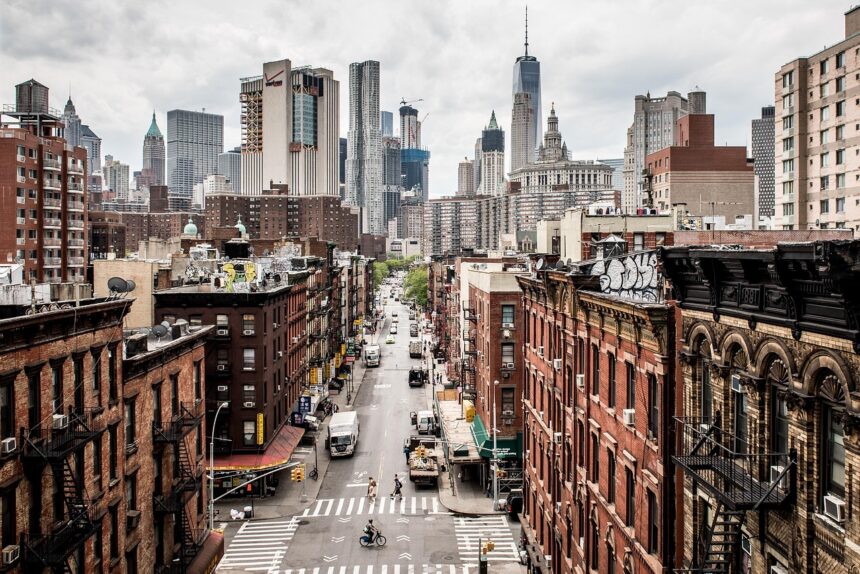The thermometer isn’t lying — our cities are running a fever. Good news: urban trees are nature’s instant shade, misting the heat back down by as much as 10°F, block by block.
The Urban Cooling Playbook — How Trees Beat Heat 🌡️🌳
If you’ve ever crossed a sunny plaza and then stepped under a street oak, you’ve felt the power of urban trees. The science is elegant and practical: trees cool cities through shade (blocking solar radiation) and evapotranspiration (releasing water vapor, which draws heat out of the air). For a clear baseline of how this works in real neighborhoods, see EPA on the benefits of trees and vegetation — it’s the go-to explainer on urban heat island strategies that scale.
Planners also care about the measurable temperature drop at eye level, where people actually live and move. Field studies increasingly find meaningful cooling at the microclimate scale; Tree cover can cool a block by up to 10°F when species, canopy density, and siting are optimized. That kind of delta changes behavior: more walking, less AC strain, and calmer streetscape vibes.
Shade + Evapotranspiration, Explained
Shade slashes the radiant load on asphalt and façades, slowing the “heat battery” effect that keeps cities hot well into the evening. Evapotranspiration is like nature’s swamp cooler: as trees move water from roots to leaves and vent it to the air, the phase change pulls heat energy away. The trick is placement. Line a south-facing sidewalk with broad-canopy trees, and you cool the pedestrian realm. Add courtyard trees near masonry and you slow overnight heat release. You’ll find siting checklists inside EPA on the benefits of trees and vegetation that translate nicely to city block planning.
For outcomes residents can feel, species match matters (leaf area index, drought tolerance, allergen profile), as does maintenance (young tree watering, pruning), and soil volume (roots need space to thrive). When cities marry these basics with heat-mapping data, the results are immediate and visible.
A TikTok user: “If trees really drop temps by 10°, why aren’t we planting like crazy?”
City Leaders — Who’s Planting and What’s Working 🏙️
The green revolution isn’t hypothetical; it’s already reshaping street grids around the world.
New York City’s MillionTreesNYC
New York famously bet big — and delivered. The goal to plant a million trees wrapped ahead of schedule and helped mainstream canopy as infrastructure, not ornament. For the receipts and program anatomy, the MillionTreesNYC official page tracks the initiative and its legacy: community stewardship, school-yard shade, and a citywide vocabulary for canopy equity.
Los Angeles’ 50% Canopy Push
Los Angeles has the sunshine and the summer sizzle — which makes shade a public-health strategy. The city’s target to lift canopy coverage in heat-vulnerable neighborhoods reframes trees as cooling infrastructure. LAist’s explainer digs into the policies, politics, and maintenance realities behind those goals: LA’s goal to increase tree canopy by 2028. The headline idea: plant smart, maintain better, and put shade where people actually stand — bus stops, school pick-up zones, crosswalk approaches.
An X user: “LA summers are no joke; more canopy by 2028 can’t come soon enough.”
Melbourne’s Urban Forest Strategy
Look at Melbourne for the long play. The city scoped a decades-long horizon that treats canopy like any other utility — with targets, budgets, species diversity, and risk management. The blueprint is public, readable, and replicable as a framework for other cities: Melbourne’s plan to reach 40% canopy by 2040. Highlights include heat mapping, tree health dashboards, and coordinated planting to outpace canopy loss from age and pests.
A Redditor: “NYC’s street trees legit make my walk tolerable in July — shade is everything.”
Beyond Cooling — Air, Biodiversity, and Mental Health 🌿
Cooling is the headline, but the benefits cascade.
- Cleaner air: Leaves snag particulates; trees absorb pollutants and release oxygen. The summary in EPA on the benefits of trees and vegetation lays out the mechanisms in plain English.
- Biodiversity: Urban trees stitch together habitats for birds, pollinators, and microfauna, rewilding rooftops and rights-of-way.
- Stormwater: Tree pits and porous soils soak and slow water, protecting basements and freeing up overworked drains.
- Mental health: Views of greenery lower stress markers and promote pro-social behavior — useful in schools, clinics, and high-traffic corridors.
The cumulative effect is a more livable block: cooler, quieter, and kinder to lungs and nerves.
Equity Matters — Where Shade Is Missing 🧭
Heat maps overlayed with socioeconomic data tell a painful story: fewer trees in lower-income neighborhoods and communities of color, which correlates with hotter streets and worse health outcomes. The “tree gap” is fixable, but only if cities aim canopy dollars where they’ll save the most degrees. Data from American Forests illustrates just how practical this can be: Tree cover can cool a block by up to 10°F — target the canopy and you target the heat burden.
Equity isn’t only about where to plant, but how: hire local crews, train youth, and build stewardship programs so new trees survive their fragile early years. A sapling that dies after the ribbon-cutting cooled nobody.
Get Involved — Plant, Volunteer, Advocate 🤝
Urban forestry thrives when residents show up. No, you don’t need a chainsaw. Start with a watering bag and a block captain mentality. If you’re looking for a way to turn climate worry into neighborhood action, BigTrending’s guide to constructive coping has you covered — check actionable ways to channel climate anxiety into planting. Three concrete moves:
- Adopt a tree: Many cities have adopt-a-tree programs that provide watering kits, mulch, and reminders.
- Audit the shade: Map your daily routes — bus stops, schools, clinics — and flag the hottest gaps to your city arborist.
- Lobby for soil volume: Ask for larger tree pits and structural soils in capital projects. Healthy roots equal bigger, cooler canopies.
How Cities Unlock Maximum Cooling (A Practical Toolkit) 🧰
- Plant the right tree in the right place: Broad, hardy canopies on pedestrian corridors; columnar species under tight utility lines.
- Use heat and health data: Target the hottest, most vulnerable blocks first.
- Budget for maintenance: Watering, pruning, pest management, and replacement need dedicated funds.
- Co-design with community: Residents know where the sun punishes most — and they’ll help protect what they requested.
- Protect mature trees: A 30-year canopy does more cooling than a dozen saplings. Make preservation the default in site plans.
The Culture Shift: Treat Trees Like Infrastructure 🌱
Trees have long been treated as nice-to-have “amenities.” That’s changing. Cities now spec trees like they spec lights or curb ramps — with standards, service levels, and lifecycle costs. The upside? Predictable cooling, fewer heat emergencies, and blocks that invite people to linger rather than sprint to the nearest air-conditioned store. When canopy becomes a line item, it becomes real.
Real Reactions From the Feed 📣
- A TikTok user: “If trees really drop temps by 10°, why aren’t we planting like crazy?”
- A Redditor: “NYC’s street trees legit make my walk tolerable in July — shade is everything.”
- An X user: “LA summers are no joke; more canopy by 2028 can’t come soon enough.”
FAQ: Everything You Need to Know About Urban Trees
How do urban trees reduce city heat?
Through shade and evapotranspiration. The physics and public-health wins are outlined in EPA on the benefits of trees and vegetation, and urban trees can create felt temperature drops on sidewalks and plazas.
Which cities are leading in urban tree planting?
New York’s million-tree milestone is documented on the MillionTreesNYC official page. Los Angeles is scaling canopy where heat hits hardest — see LA’s goal to increase tree canopy by 2028 — and Melbourne’s long-range plan is public at Melbourne’s plan to reach 40% canopy by 2040.
What are the benefits of urban trees beyond temperature reduction?
Cleaner air, richer biodiversity, calmer streets, better stormwater management, and mental health boosts. EPA’s overview, EPA on the benefits of trees and vegetation, summarizes the research foundations.
How can I get involved in urban tree planting?
Start hyperlocal: adopt a tree, volunteer on a planting day, and push for bigger tree pits in city projects. If you’re stuck on where to channel your energy, try actionable ways to channel climate anxiety into planting for simple on-ramps.









